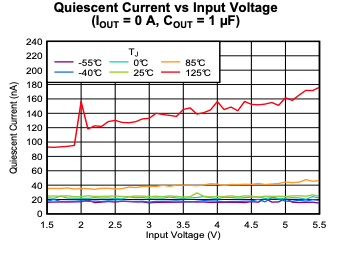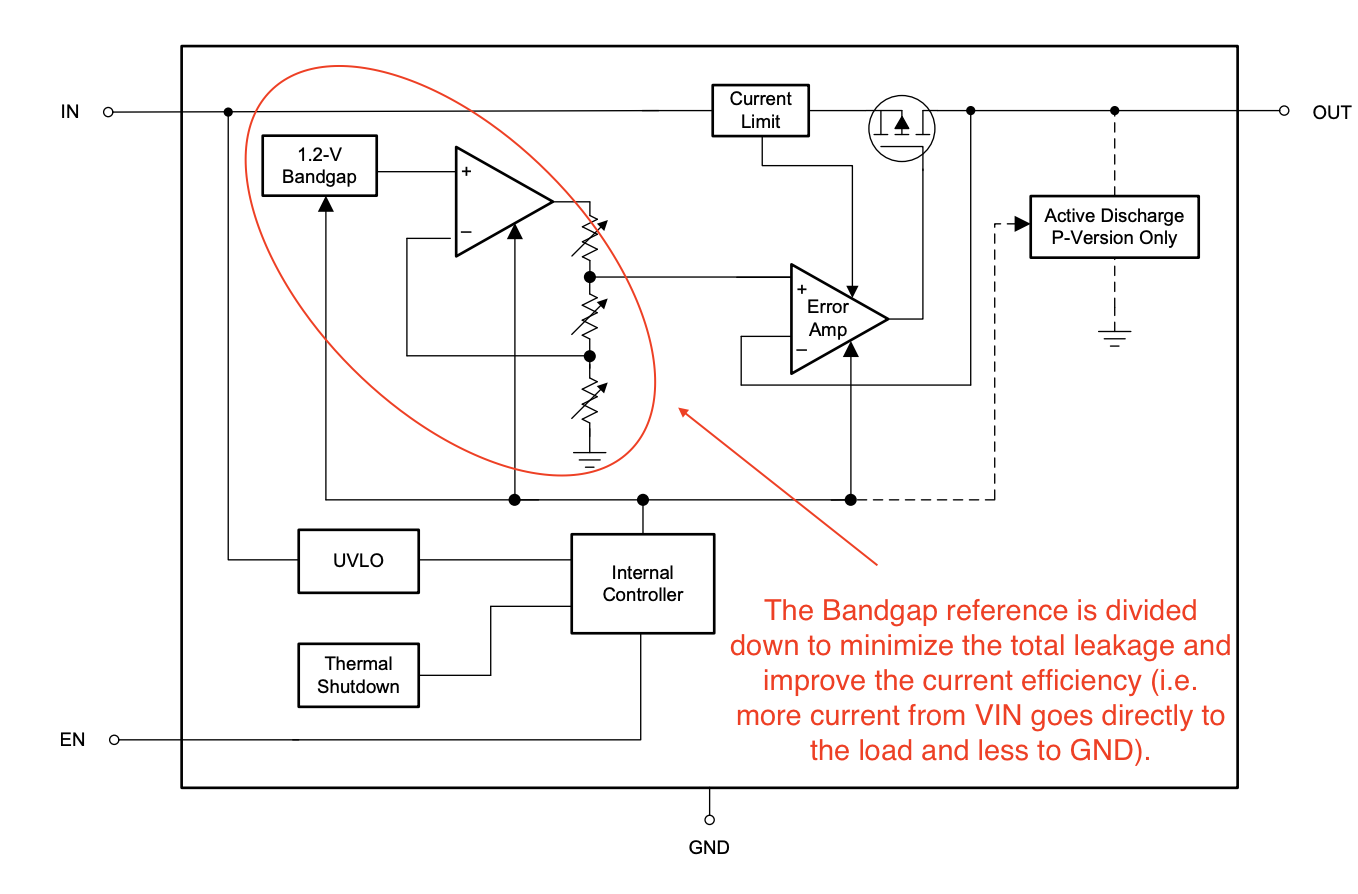Other Parts Discussed in Thread: TPS7A02
The TPS780 data sheet curves for ground pin current versus input voltage always stop at a minimum Vin well above Vout. What happens to quiescent current in the vicinity of Vin? Do you have any curves which show ground pin current for Vin = 5.2V down to zero, rather than stopping well above dropout voltage?
Your data sheet Electrical Characteristics similarly only spec ground pin current for Vin > 0.5V above Vout.
We need to know the quiescent current for Vin in the vicinity of Vdropout at approximately zero output current.




